(Roubaix 1855 - Paris 1928)
Portrait of the artist's son, Eugène Delécluse
Oil on canvas
H. 98 cm; L. 116 cm
Signed lower right 1903
Exhibition: 1903, Salon de la Société Nationale des Beaux-Arts, n°408 of the booklet, titled Portrait of my son
A native of Roubaix, Auguste Delécluse trained in the Parisian workshops of Carolus- Duran, Weerts and Delance, whose apprenticeship he will perpetuate thereafter. Essentially a portrait painter, he presented his first painting at the Salon at the age of 25 and obtained a mention ten years later. If the name of Delécluse is known in the artistic world of the years 1880-1920, it is thanks to the Academy that he founded in Montparnasse, bearing his surname, where he will be a teacher alongside his former master, Delance. Many women will be part of the students of this Parisian structure which will be extinguished around the Great War. In 1903, Auguste Delecluse presented five works at the Salon de la Société Nationale des Beaux-Arts, including our beautiful format, representing his 21-year-old son Eugène. Auguste had already exhibited paintings with his son as subject: a portrait of his wife and son at the Salon of French Artists of 1888 (number 769 of the booklet), a portrait of his son at the Salon of the National Society of Fine Arts from 1893 (number 325 of the booklet) Seated at his work table in a studio, the young Eugène poses cross-legged, in an elegantly relaxed attitude, dressed in his large apron covering his suit, pencil in hand. His face illuminated by a ray of light, like the two touches of red on the tie and the binder, subtly enhance the ambient darkness of the room. In the very sober background stands out a pot of brushes placed on a shelf. In this same year 1903, Eugène also participated for the first time in a Salon, that of French Artists, with a drawing, and our painting perhaps corresponds to the pride of the father wishing to mark this official recognition of his son. The two artists are domiciled at the same address, 84 rue Notre-Dame des Champs in Paris, which is also that of the Académie Delécluse. Was the portrait thus produced in one of the rooms of the Academy, or in the family apartment, as the presence of the Henri II style chair might suggest? Concerning the critical fortune of the work, Le Journal des Artistes honors the work of the father "... tall, beardless young man, seated at his work table, dressed in a blouse [...] like an aspiring artist, a striking portrait of reality, also treated in the best style". La Liberté is no less laudatory: “Of M. Auguste Delecluse, two excellent portraits, one of which, that of his son, is painted in the most frank and accurate manner: one of the good portraits in the Salon. Finally, L'Art: illustrated monthly magazine speaks soberly of a "Good Portrait of my son by M. Auguste Delécluse". Despite this excellent reception, it seems that the painting did not find a buyer at the Salon; the frame indeed bears a handwritten inscription in English, Portrait of my son, by Auguste Delécluse. He made frequent trips to England, and it is possible that he brought the portrait with him to try to sell it to British customers.
Eugène Delécluse (Paris, 1882 – Villiers le Bel, 1972), a pupil of his father, Delance and Fernand Cormon, had an honest career as a painter, illustrator and engraver, regularly participating in the Salon from 1907. He mainly produced landscapes in a post-impressionist spirit, with many Breton subjects, but also Mediterranean, Parisian or English. Table visible in Paris in the 8th arrondissement.








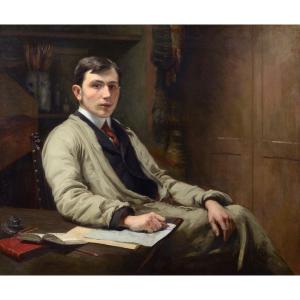








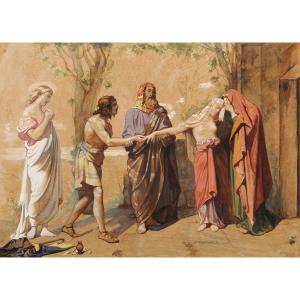

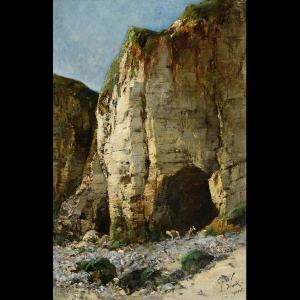


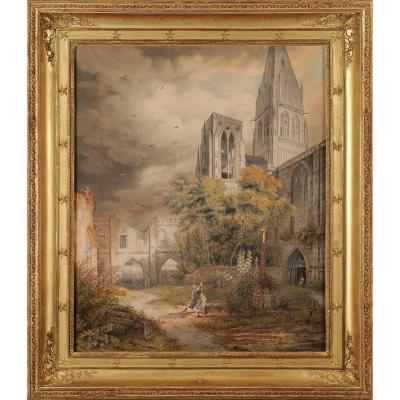




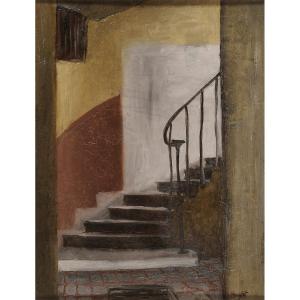



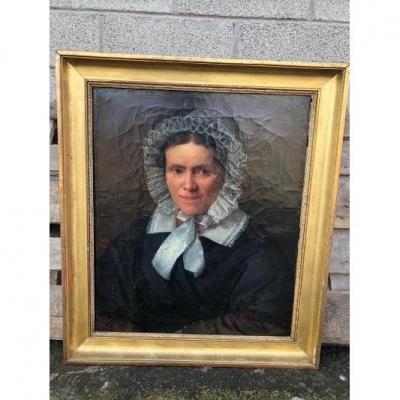






 Le Magazine de PROANTIC
Le Magazine de PROANTIC TRÉSORS Magazine
TRÉSORS Magazine Rivista Artiquariato
Rivista Artiquariato